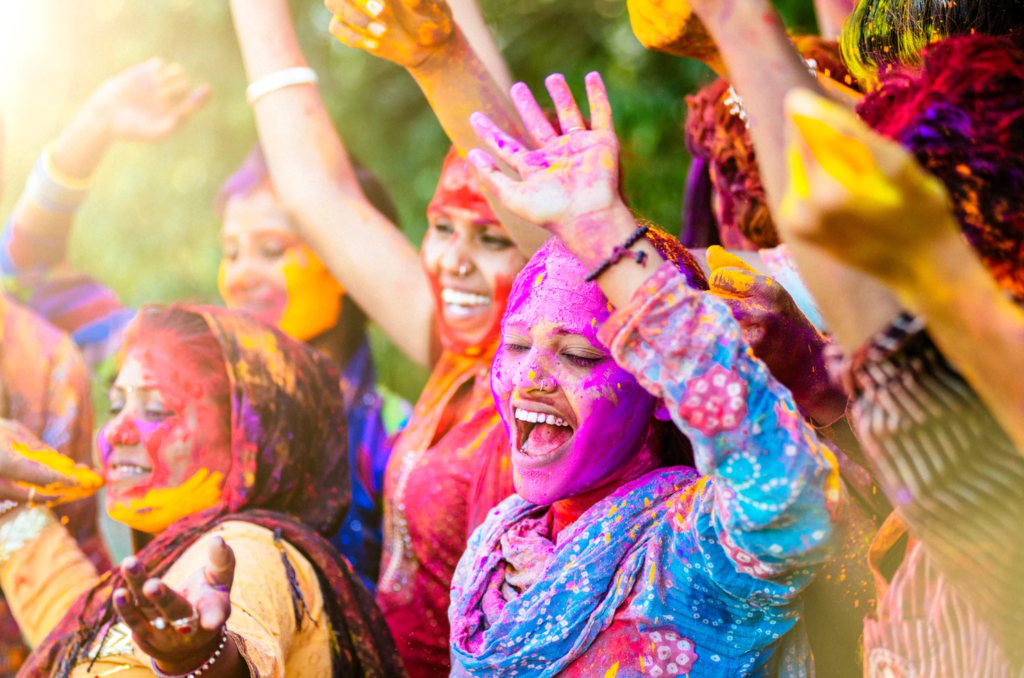
Polycystic Ovary Syndrome (PCOS)
Polycystic ovary syndrome (PCOS) is a common chronic endocrine disorder affecting women of reproductive age. While PCOS affects women of all ethnic backgrounds, South Asian women seem to be more at risk for this disorder. A community based study in the UK found that 52% of south asian women exhibited signs and symptoms of PCOS. So what’s behind this growing trend and what can be done about it? Let’s see what the research says…
PCOS Treated – PCOS Affects Many
Many young asian women are connected by a common and embarrassing problem. The ‘mustache’. As the term goes: If you know, you know. As a woman of Indian descent, I also had my battles of unwanted facial hair in my younger days and often consulted my friends about this annoying problem. The underlying cause of unwanted female facial hair during puberty in most cases can be PCOS. Now not all hirsutism confirms a diagnosis of facial hair, however high androgens due to insulin resistance is a common theme amongst Indian women.
Symptoms Of PCOS And PCOS Symptoms – What Can Cause PCOS
Research on this topic has found a genetic component to the underlying cause. Meaning that ‘it’s not your fault! It’s in the genes’. For reasons pertaining to the feasting and fasting cycles our ancestors would go through when food was scarce during dry periods and then abundant during monsoon seasons, we are programmed to store fat for fuel that we can use later. This leads us to more insulin resistance and more resistant to fat loss. This insulin resistance is what scientists believe leads to higher levels of androgens and menstrual irregularities.
PCOS Diagnosed – Medical Treatments Options And How To Treat PCOS And Hormones
However, there is much we can do about this to regain hormonal balance and manage this condition so that things don’t get worse. Diet and nutrition play a significant role in managing insulin resistance so the following tips are recommended:
- Eating a diet rich in dark green leafy vegetables
- Lower carbohydrates such as white rice, pasta, noodles and sugary treats
- Increasing healthy fats such as avocado, moderate amounts of ghee, and olive oil
- Omitting unhealthy snacks readily found in the south Asian grocery stores like ‘namkeens’ which are cooked in unhealthy cheap oils like soybean oil
While some supplements such as myo-inositol, NAC, Berberine and vitamin D have shown promise, a proper workup in terms of lab work is important to properly diagnose and treat this condition.
Is There Treatment For PCOS? Lifestyle Changes!
In summary, lifestyle changes can go a long way in treating PCOS. Improving insulin resistance, increasing physical activity, improving sleep and eliminating toxins are just a few steps towards better hormone balance.
Sources
Mehta J, Kamdar V, Dumesic D. Phenotypic expression of polycystic ovary syndrome in South Asian women. Obstet Gynecol Surv. 2013 Mar;68(3):228-34. doi: 10.1097/OGX.0b013e318280a30f. Erratum in: Obstet Gynecol Surv. 2013 May;68(5):405. PMID: 23945839.
Shengir M, Krishnamurthy S, Ghali P, Deschenes M, Wong P, Chen T, Sebastiani G. Prevalence and predictors of nonalcoholic fatty liver disease in South Asian women with polycystic ovary syndrome. World J Gastroenterol. 2020 Nov 28;26(44):7046-7060. doi: 10.3748/wjg.v26.i44.7046. PMID: 33311949; PMCID: PMC7701948.
Huang D, Jaswa E, Kao CN, Quinn M, Cedars M, Huddleston H. Predictors of adequate physical activity within a multiethnic polycystic ovary syndrome patient population: a cross-sectional assessment. BMC Womens Health. 2021 Mar 17;21(1):108. doi: 10.1186/s12905-021-01257-w. PMID: 33731110; PMCID: PMC7972197.